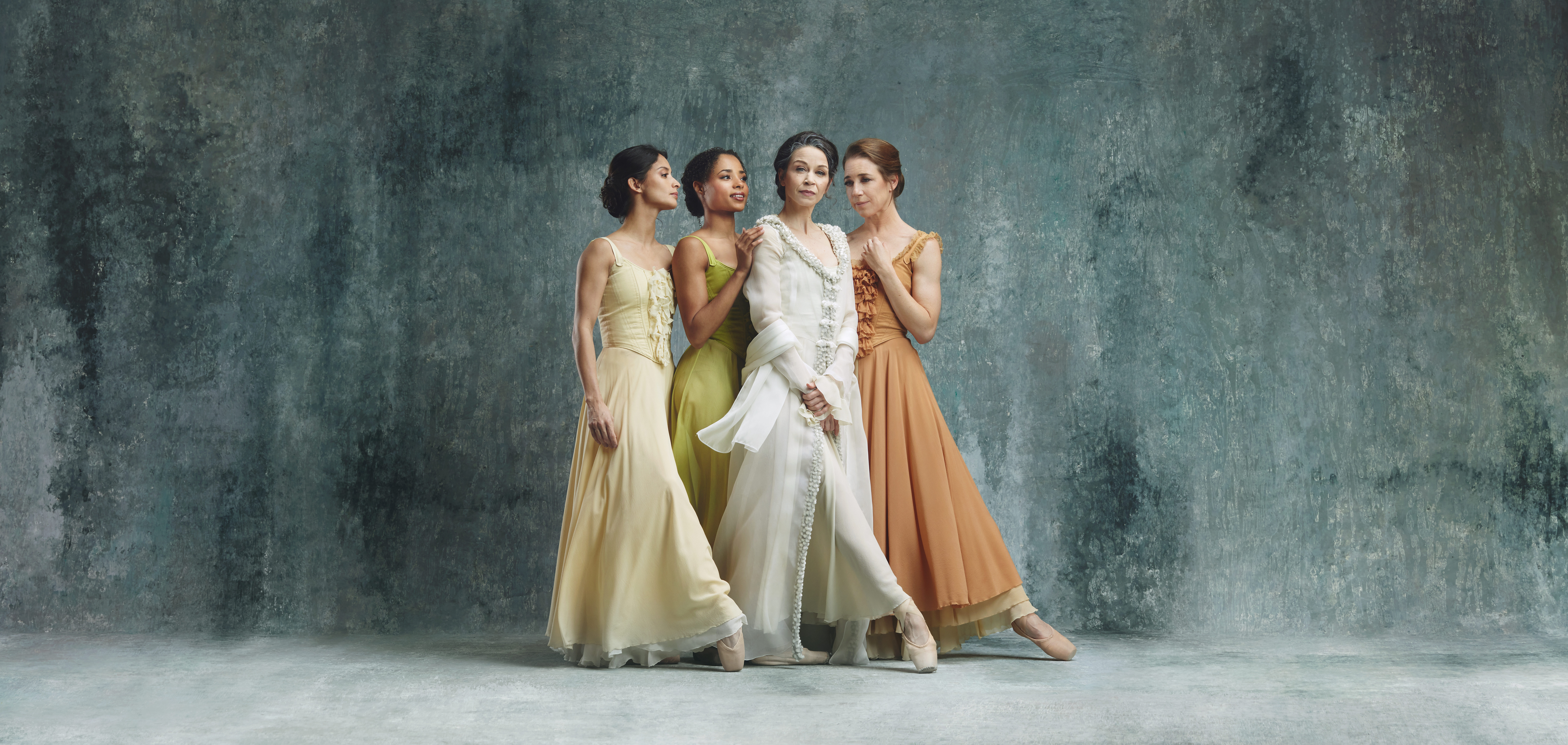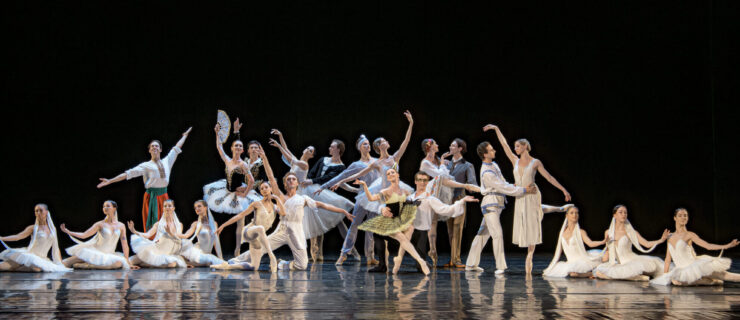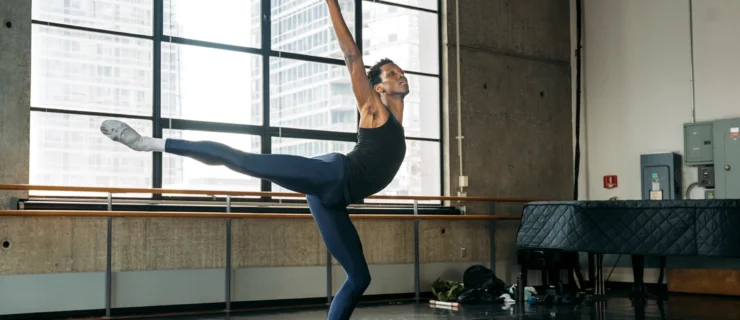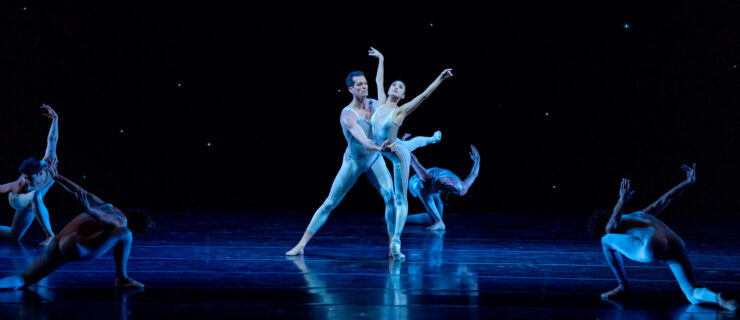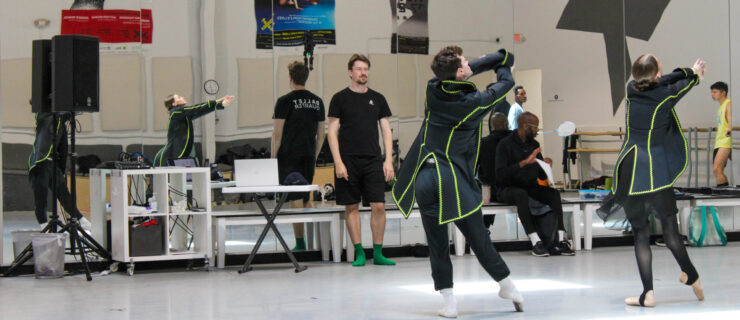Amy Fote Returns to the Houston Ballet Stage After a Decade in Retirement
Watching Amy Fote navigate the sweeping contours of Stanton Welch’s The Four Seasons, one would never guess it’s been a decade since she donned a pair of pointe shoes. The former Houston Ballet principal, now a company ballet master, returns to the stage this month at age 51 to dance the “Winter” section of Welch’s 2007 work.
The ballet honors the seasons of a woman’s life from young love to marriage, midlife, and widowhood. As the “Winter” section’s lead, Fote’s character grapples with loss, memory, and the last phase of her story. She will be partnered by fellow ballet master and former principal Ian Casady. It’s a full-circle moment; in the ballet’s 2007 premiere, Fote danced the sensuous “Summer” role, which deals with marriage.
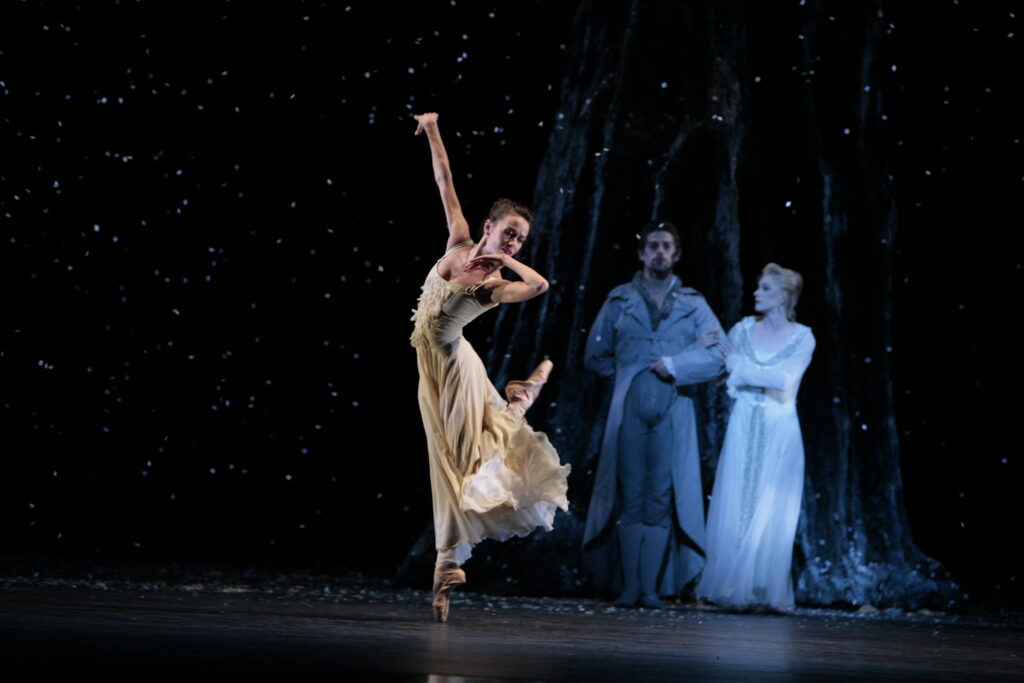
Fote specializes in second chapters. After a 14-year career at Milwaukee Ballet, she danced with Houston Ballet for eight seasons, retiring in 2012 but returning the next season to dance the lead female role, Hana, in The Merry Widow.
Pointe spoke with Fote about preparing for her second return to the stage, ten years later.
How this comeback come about?
Last season, Stanton approached me about doing the photo shoot for the Four Seasons mixed rep [program], and he also asked me to consider dancing in the ballet. I agreed to do the photo shoot right away; it took me longer to say “yes” to dancing. I felt very satisfied with my career, and I danced everything I wanted to. I felt full. But I was so drawn to Stanton’s beautiful storyline. So a month later I agreed to perform.
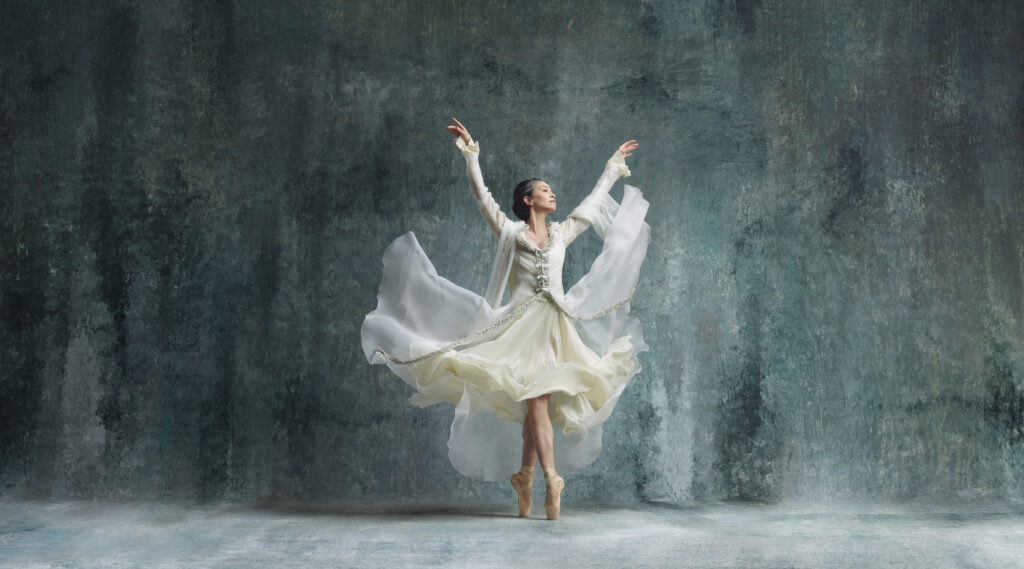
How do you feel about returning to this ballet as the “older woman”—especially after originating the “young married” role in “Summer”?
Ian and I joked that we skipped “Autumn”! “Winter” has a different tone. Stanton reminded me that first and foremost “Winter” is not about dancing; it’s about acting. It’s a dramatic role. I felt so honored that he considered me.
Stanton offered to change things. He said that it didn’t need to be on pointe. But Ian and I are fighters, and we wanted to do it in the way it was intended.
What’s it like to be back dancing with Ian?
I’ve always felt in the best care with Ian. I can trust him with everything. He gives you so much as an actor; you can look at him and virtually read what he is saying through those gorgeous eyes. He had to get back into the gym and start lifting because he has deadlift presses where the woman doesn’t help at all. It’s one of the hardest lifts, and he has three of those in a row. We will be in the ballet masters’ office and he will look at me and say, “Do you want to go up to the studio and try our lifts?”

How has your relationship with ballet changed after stepping away from the stage?
I embrace it even more. It is such a special artform and unique way of speaking. [As a ballet master,] I am trying to help the dancers lean into this. If the role calls for it, be vulnerable. Come with an opinion and a voice. Artists need artists to lead them. I value and feel so passionate about this artform.
What have been some of the challenges and joys of getting back into action?
Putting on pointe shoes felt crazy. I didn’t even have any more pointe shoes down in the stockroom. And truth be told, my feet have grown. They were not used to being harnessed in these tight shoes any more.
I started seriously pushing myself about two months ago to go beyond the barre and do more center work. Turning felt disorienting, and it took me a while to get those quick twitch muscles fired up again for jumping. It’s been quite a journey, and one that I have enjoyed. I feel I have been a happier person just moving again.
What’s your advice for older dancers who want to keep ballet in their life?
As an older dancer there is a maturity that comes. It adds depth and sets the tone. They understand stagecraft, their lines. It’s a beautiful time for dancing.
